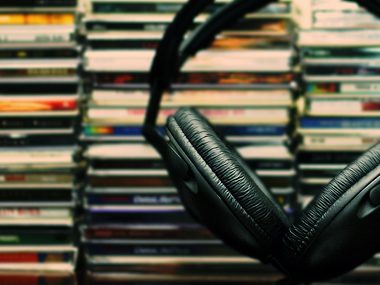
Longing for the past can improve your health in a number of surprising ways.
“Nostalgia has been shown to counteract loneliness, boredom, and anxiety,” John Tierney wrote in a recent New York Times article. “It makes people more generous to strangers and tolerant of outsiders. Couples feel closer and look happier when they’re sharing nostalgic memories.” It may even make you literally warmer: Feelings of nostalgia are more common on cold days, and people in cool rooms are more likely to reminisce than those in warmer ones, research shows. Why? It might be evolutionary: “If you can recruit a memory to maintain physiological comfort, it could contribute to survival by making you look for food and shelter that much longer,” researcher Tim Wildschut, PhD, told the Times. Here’s how to leverage your happy thoughts and warm memories to make yourself healthier.

Carve out time for reminiscing.
Some 79 percent of people naturally experience nostalgia at least once a week, research indicates, but you don’t have to wait for a chance memory to pop into your mind. Loyola University researchers discovered that thinking of good memories for just 20 minutes a day can make people more cheerful than they felt the week before, reported Psychology Today.

Don’t write down your memories.
To reap the full benefits of nostalgia, it seems better to replay happy thoughts in your mind rather than in a journal. When researchers at the University of California at Riverside asked people to either think about or write down a blissful life experience, those who simply thought about it experienced a greater boost in well-being, according to Psychology Today. “There’s a magic and mystery in positive events,” study author and psychologist Sonja Lyubomirsky, PhD, told the magazine. Analyzing the details—by writing them down—may remove some of that wonder.

Focus on sound and smell to get there faster.
Listening to music is a quick, easy way to induce nostalgia; researchers often use it in their studies, according to the Times. Think about the songs on the radio when you were growing up, for example. Scents, too, are powerful tools to unlock memories. Smells get to our brain faster than sights or sounds—particularly, to our emotional centers—according to neurologist Alan Hirsch, MD, director of the Smell & Taste Research and Treatment Foundation via CBS News. Interestingly, Hirsch’s research shows East Coasters tend to trigger childhood memories from floral scents, Southerners from fresh air, Midwesterners from the smell of farm animals, and West Coast natives from the aroma of barbecue.

Try not to compare the past to the present.
Of course, not all old memories are positive ones; and looking back to happier times may make you feel anxious about where you are today. Recalling your academic successes in high school and college, for example, may make you feel like a has-been in your current job. It’s challenging, but experts recommend trying to focus on the memories alone, without comparing them to other events.

Think back with others.
Reminiscing with friends and family strengthens close relationships, says Psychology Today. Look at old photos and videos during holiday get-togethers; reconnect with former school friends on social networks and revisit your shared memories.

Make experiences memorable.
Nostalgia researcher Constantine Sedikides, PhD, calls this strategy “anticipatory nostalgia”—living your life cultivating experiences you’ll want to savor down the road. This ties into research that spending money on experiences, rather than things, tends to make people happier. So splurging on the hot-air balloon ride will go farther than the take-home souvenir.